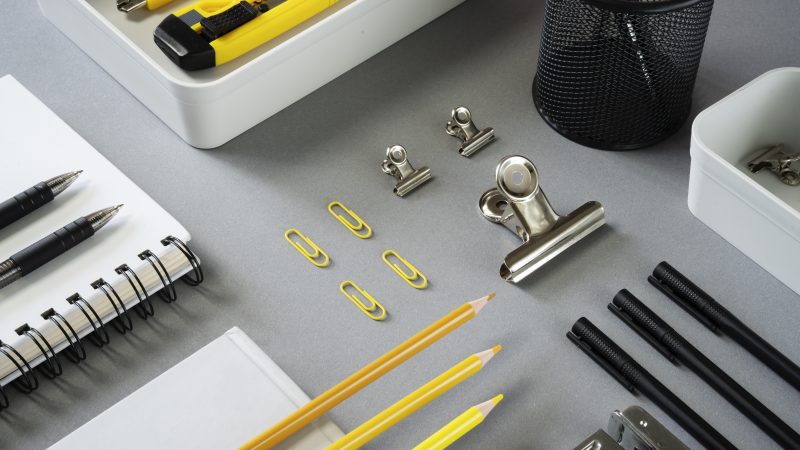How Does Web Design Affect the Experience of a User

We are living in the age of digital technology and it is established well beyond doubt that digital aspects have penetrated virtually every single element of human activity. In the field of business operations as well, the role of web based elements has become crucial and all modern businesses are now actively looking to devise a way to create a widespread digital footprint. The crucial role of the digital space in contemporary business operations has made it mandatory for all modern businesses to lay the foundations of a coherent digital strategy by creating the right web store.
There are quite a few different elements when it comes to web design and research suggests that online sales and marketing results are often determined by the quality of web design elements. Whenever we speak of web design web design, most people seem to think of aesthetic factors however it’s a much more broad category.
Web design includes visual elements as well as elements related to the functionality and responsiveness of the website. In this article we will try and cover some of the most important ways in which web design elements can affect the experience of a user who has visited our website. It’s important to acknowledge that these aspects might be slightly unconventional for a lot of business owners to grasp in its entirety. In that case, we would definitely recommend you website owners to consider investing in good quality web design services. In the next section we will discuss some of the influential aspects of web design that are crucial for user experience.
Presentation Quality
One of the fundamental elements that can determine the quality of user experience of a particular website, is the quality and visual attractiveness of the presentation. It’s not essential for all websites to always have to use the principle of shock and awe. Clean and professional looking visual elements are always recommended as that cultivates trust and accountability among the users and definitely improves overall user experience.
Unique elements in your web design can also help you to stand out from peer competitors if you are looking to enter into an already Saturday market with your business. The most important web page in your website is the landing page. This is the page where a new user “lands” or views first, when they enter your website space. The landing page should have the best quality of presentation and the most informative and clean content that lays out the foundation of your brand and the products and services that you are offering.
Capturing the Audience’s Attention
Any online business which is looking to ensure the most positive user experience will have to focus on creating a powerful first impression. Keep in mind that a website is basically an online representation of your business and has the potential to impact the perception of prospective clients who might be interested in your brand or business. Creating innovative visual effects and using the right combination of colors, fonts, typography’s etc. can play a major role in creating an impression about your brand and impacting the minds of users in a positive way that makes them feel curious about your brand and its offerings.
Responsiveness and Functionality
Think of a hypothetical situation where you visit a website that really impresses you with bright and bold visuals. You can also see the most defining elements of the business easily and it conveys all of its principles and offerings in a clear and concise way. However, whenever you click on a link or a product on the page, it takes a long time to respond and take you to the next page. In most cases for most people, functionality tends to be more important than aesthetics so it is vital to make sure that your website is responsive.
Furthermore, website owners should understand that the digital space is rapidly evolving and that there is an increasing trend towards a higher share of mobile devices in the digital space. This makes it imperative for web design services to cater to the increasing share of the online population which is accessing websites through mobile devices like smartphones and tablets.
Building of Trust
Anybody who has bought or sold anything in the online space will know that trust is a very crucial component of the entire process. Especially with the involvement of money, the entire process of retail through e-commerce is based on the idea of trust between the consumer and the brand in question. Web design elements can be effectively used to improve on the trust factors and this would undoubtedly result in better long term revenue and profit generation. Professional web design services know how to make use of the right tools to create trust among prospective customers.
Something that has become very crucial recently in the digital design space is the role played by human faces in building trust among website visitors. Many different studies have corroborated this fact that more and more people on the internet feel comfortable when they are able to associate a human face with a particular brand or business that they are interested in. Many ‘eye-tracking’ studies have already shown that human faces tend to attract the most attention on a lot of business websites. Information about the owners or the team is also a big factor in establishing bonds between customers and brands. “About Us’’ pages are vitally important in this regard.
Content Distribution
How content is presented on any website has a major bearing on the impression it creates and the effect it has on user experience. Research suggests that most people on the internet are turned off by a lot of dense content that is not easy to process. It’s also not a great idea to have the majority of content congested in a particular area.
Spacing out the content is a good idea from two different perspectives. First of all, from a merely functional standpoint, it helps user experience and allows users to understand the fundamentals of your website and brand as clearly as possible. Secondly, spacing out the content and not giving too much away is a really shrewd marketing tactic of building curiosity about your brand.
Conclusion
In this article today, we tried to demystify the world of web design and how web design can exert a massive influence on user experience. We started things off by outlining some of the essential elements involved in web design and how the concept of web design has evolved over the years to occupy a massive role in contemporary digital operations.
It is established well beyond doubt that websites are a crucial thing to have in modern day business operations. We then moved on to discuss some of the most vital elements in web design that can impact user experience. User experience can determine the way an audience comes to perceive your brand as your website serves as a reference point for prospective customers. Keep in mind that web design can be a complicated subject and there are a number of different elements that need to be considered in order to create a coherent and uniform digital strategy. Make sure to undertake more detailed research if you feel that you need to know more about these topics before taking a decision.
If you are looking for a high quality professional website design services to take care of all your digital design requirements, then make sure to check out JanBask Digital Design. The company has made significant strides in the digital design solutions space and has enabled countless businesses to expand their scale of operations. Sorting out your website’s web design elements and streamlining user experience has to be the highest on the agenda for all modern businesses and JanBask Digital Design can help you to reach that stage.


![Why Contrast in Design Makes Your Website More User-Friendly [Expert Guide]](https://technonguide.com/wp-content/uploads/2025/06/Website-800x450.jpg)



